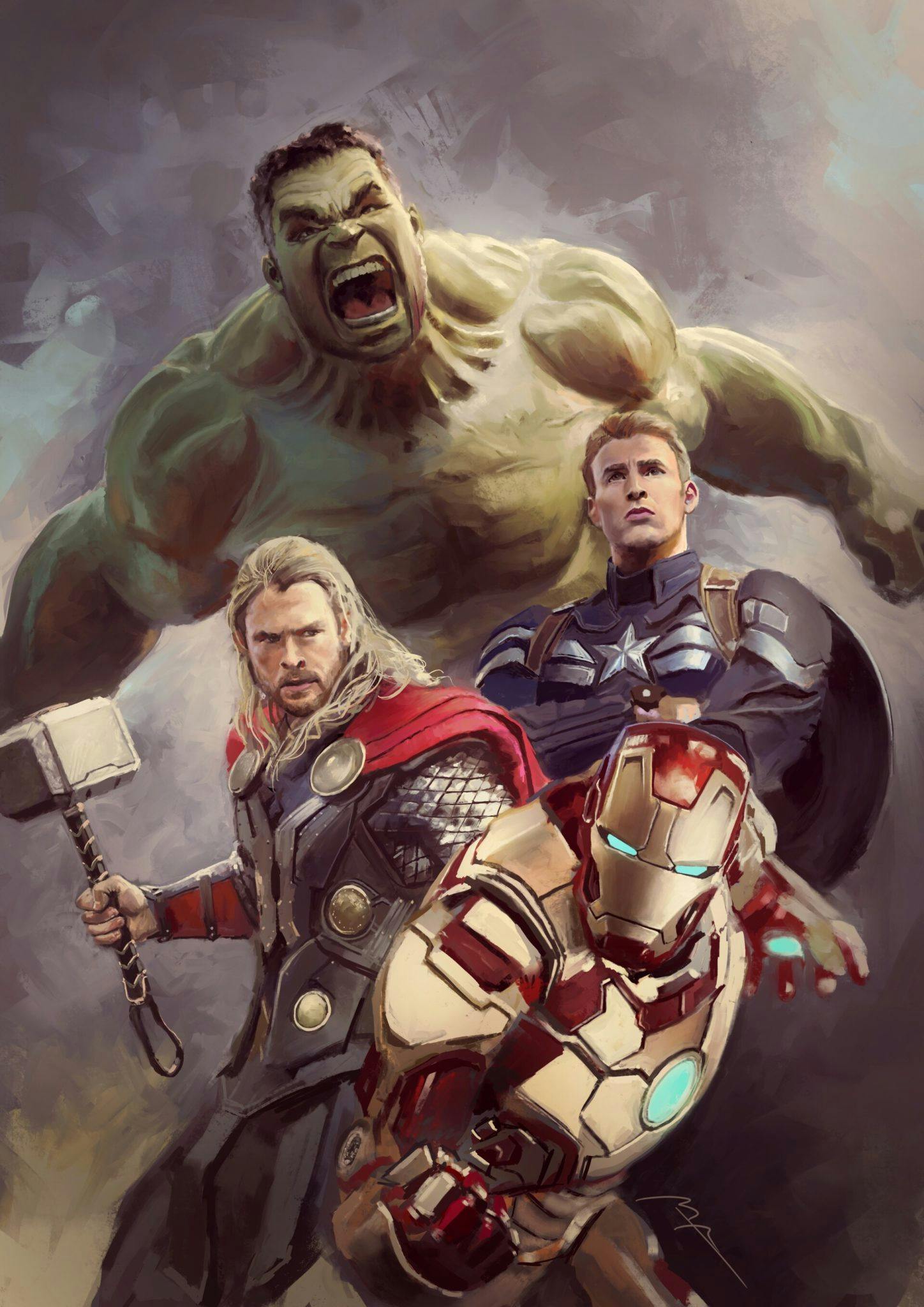Art has the power to transcend barriers and immerse us in a world of creativity and beauty. Iconography art examples throughout history show us how visual symbols can express what words cannot. From ancient religious icons to modern digital symbols, these examples connect us to our cultural roots while offering deeper insights into human expression. Let's explore how iconic art examples enhance our understanding of various cultures and their artistic traditions, revealing the universal language that bridges time and space.
What Are Some Common Iconography Art Examples?
Throughout human history, artists have developed sophisticated systems of visual symbolism to convey complex ideas and emotions. Iconography art appears in diverse forms across cultures and time periods, each example offering unique insights into how different societies communicate their most important values and beliefs. The richness of these traditions continues to influence contemporary artists and designers.
Religious Iconography Art Examples
Religious art provides some of our most enduring and powerful examples of iconographic expression. These works not only tell sacred stories but also create profound spiritual experiences for viewers across centuries. The Ghent Altarpiece (1432), considered one of the most important works of religious iconography, showcases classical Christian iconography art through carefully chosen symbols:
- The Mystic Lamb represents Christ's sacrifice
- The crown symbolizes divine authority
- Lilies represent purity
- Roses signify divine love
Buddhist and Hindu iconography art examples include:
- Buddha's mudras (hand gestures) conveying wisdom
- Multiple arms of deities showing divine capabilities
- Lotus flowers representing spiritual enlightenment
- Sacred animals indicating specific attributes
Modern Iconography Art Examples
As society evolves, so too does our visual language. Contemporary artists have built upon traditional iconographic foundations while developing new symbolic vocabularies for our changing world. Their work demonstrates how ancient practices can remain relevant while addressing modern experiences and concerns.
Frida Kahlo's Self-Portrait with Thorn Necklace and Hummingbird offers a masterful example of personal iconography. Through carefully chosen symbols, Kahlo created a visual autobiography that speaks to universal human experiences while remaining deeply personal:
- Thorns expressing physical pain
- Monkey symbolizing protection
- Butterfly representing transformation
- Indigenous elements showing cultural identity
Digital iconography art examples include:
- App icons that communicate function through simple symbols
- Social media reaction emoji conveying complex emotions
- Universal navigation symbols crossing language barriers
- Brand logos carrying cultural significance

Artwork by Manuel Piedra
What Is the Purpose of Iconography Art?
Understanding the purpose of iconography art reveals its enduring importance in human culture. Throughout history, societies have developed sophisticated symbolic languages to preserve knowledge, express spiritual truths, and share personal narratives. These visual systems continue to evolve, adapting to new mediums while maintaining their fundamental power to communicate across barriers of language and time.
Iconography art serves multiple essential purposes, each contributing to our collective cultural heritage:
Cultural Communication
- Preserves traditional knowledge
- Shares community values
- Bridges language barriers
- Maintains historical continuity
Spiritual Expression
- Represents divine concepts
- Creates sacred spaces
- Guides meditation
- Teaches religious principles
Personal Storytelling
- Expresses individual identity
- Shares emotional experiences
- Documents life events
- Creates visual narratives
How Does Iconography Art Help Us Understand Different Cultures?
Iconography art serves as a window into the soul of different cultures, revealing their values, beliefs, and ways of understanding the world. By studying these visual languages, we gain insights that might otherwise remain hidden from outside observers. The careful analysis of iconographic traditions helps us appreciate the sophistication of different cultural expressions while highlighting our shared human experiences.
Through iconography art examples, we gain unique insights into various cultures, each with its own rich symbolic tradition:
Eastern Traditions
Japanese Zen gardens demonstrate symbolic meaning through:
- Stone placement representing mountains
- Raked gravel patterns showing water
- Carefully chosen plants indicating seasons
- Viewing positions encouraging contemplation
Western Traditions
Medieval European examples include:
- Cathedral architecture expressing heavenly hierarchy
- Stained glass windows telling biblical stories
- Illuminated manuscripts preserving knowledge
- Royal portraits showing power symbols
What Techniques Are Used in Iconography Art?
Artists employ various techniques to create meaningful iconography:
Traditional Methods
- Color symbolism (gold representing divinity)
- Spatial hierarchy (size indicating importance)
- Repeated motifs (patterns carrying meaning)
- Symbolic attributes (objects showing identity)
Modern Approaches
- Minimalist design (simplifying complex concepts)
- Digital tools (creating scalable symbols)
- Mixed media (combining traditional and new elements)
- Interactive features (engaging viewer participation)
Most Influential Iconography Art Examples
Some iconographic works have shaped human consciousness so profoundly that they've become part of our shared cultural heritage. These enduring symbols transcend their original contexts to become universal references, understood across cultural boundaries. Their power lies not just in their visual appeal, but in their ability to encapsulate complex ideas in immediately recognizable forms.
Let's explore some of the most significant examples that have influenced visual culture throughout history:
Historical Icons
The American Flag
- Stars representing states
- Stripes showing original colonies
- Colors carrying specific meanings
The Statue of Liberty
- Torch symbolizing enlightenment
- Crown representing divine light
- Tablet showing law
- Broken chains indicating freedom
Contemporary Icons
Corporate Logos
- Apple's bitten apple suggesting knowledge
- Nike's swoosh indicating movement
- McDonald's arches creating recognition
- Twitter's bird representing freedom
Digital Icons
- Save icon preserving floppy disk history
- Shopping cart showing commerce
- Envelope indicating communication
- Home symbol providing navigation

Artwork by Manuel Piedra
How Can We Apply These Examples Today?
The principles revealed through historical iconography art examples remain remarkably relevant in our contemporary visual culture. Modern designers and artists continue to draw upon these traditional approaches while developing new applications for current needs. Understanding these connections helps us create more meaningful and effective visual communication in various fields.
Modern applications of iconography art have expanded into numerous areas, each building upon centuries of symbolic tradition while addressing contemporary needs:
Brand Development
- Logo design
- Visual identity systems
- Marketing symbols
- Corporate storytelling
Digital Design
- User interface icons
- Website navigation
- App symbols
- Infographic elements
Cultural Preservation
- Documentary art
- Heritage preservation
- Educational materials
- Community symbols
Resources for Studying Iconography Art
The study of iconography art examples requires access to both historical and contemporary resources. Fortunately, many institutions have made their collections available through both physical and digital means, allowing scholars and enthusiasts to explore this rich field in unprecedented depth. Whether you're a serious researcher or simply curious about symbolic meaning in art, these resources offer valuable starting points for your exploration.
The following institutions and platforms provide extensive collections and educational materials about iconography art:
Museums with Notable Collections
The Metropolitan Museum of Art (New York)
- Religious icon collection
- Medieval art gallery
- Modern symbol exhibition
The British Museum (London)
- Global iconography collection
- Cultural symbol archive
- Historical artifact display
Digital Resources
Google Arts & Culture
- Virtual museum tours
- High-resolution artwork
- Interactive exhibitions
Educational Platforms
- Online courses about iconography
- Symbol databases
- Artist interviews
Conclusion
Iconography art examples show us how visual symbols connect human experience across time and culture. From ancient religious icons to modern digital symbols, these examples demonstrate art's power to communicate complex ideas through simple forms. By studying these examples, we gain not just artistic appreciation, but deeper understanding of human expression throughout history. The enduring relevance of iconographic art reminds us that while technologies and styles may change, our fundamental need to communicate through symbols remains constant.
The study of iconography art continues to reveal new insights about both historical and contemporary visual culture. Whether you're an artist, designer, scholar, or simply someone interested in how humans communicate through images, understanding these examples provides valuable insights into the power of visual communication.
Want to learn more about iconography art? Start exploring our collection of symbol meanings and artistic techniques today. The world of iconic symbolism awaits, offering endless opportunities for discovery and creative inspiration.

